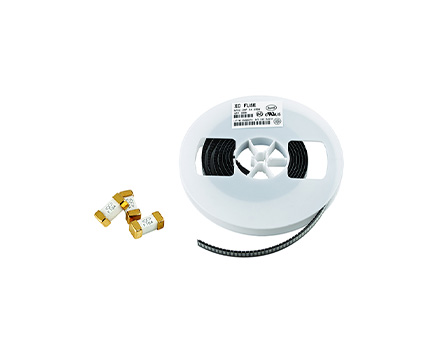
Fuses can be divided into high-voltage fuses and low-voltage fuses based on the voltage used. According to the protection objects, it can be divided into fuses for protecting transformers and general electrical equipment, fuses for protecting Voltage transformer, fuses for protecting power capacitors, fuses for protecting semiconductor elements, fuses for protecting motors and fuses for protecting household appliances. According to the structure, it can be divided into open type, semi closed type, tube type, and jet type fuses.
The open type fuse has a simple structure, and the melt is completely exposed to the air. It is supported by porcelain columns and has no support, making it suitable for low-voltage outdoor use. When breaking the current, a large amount of sound and light is generated in the atmosphere.
The melt of the semi enclosed fuse is installed on a porcelain frame and inserted into a porcelain box with metal sockets at both ends, suitable for low-voltage indoor use. When breaking the current, the generated sound and light are blocked by the porcelain box.
The melt of the tubular fuse is installed in the fuse body. Then insert it into the support or directly connect it to the circuit for use. A fuse is a fully sealed insulating tube with a metal cap or contact knife at both ends. If the insulation tube of this type of fuse is filled with quartz sand, it has a limited current effect when breaking current, which can greatly improve the breaking capacity, so it is also called a high breaking capacity fuse. If a vacuum is drawn inside the pipe, it is called a vacuum fuse. If the tube is filled with SF6 gas, it is called an SF6 fuse, which aims to improve arc extinguishing performance. Due to the good insulation performance of quartz sand, vacuum, and SF6 gas, this type of fuse is not only suitable for low voltage but also for high voltage.
Read recommendations:
fast blow or slow blow fuse for microwave